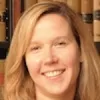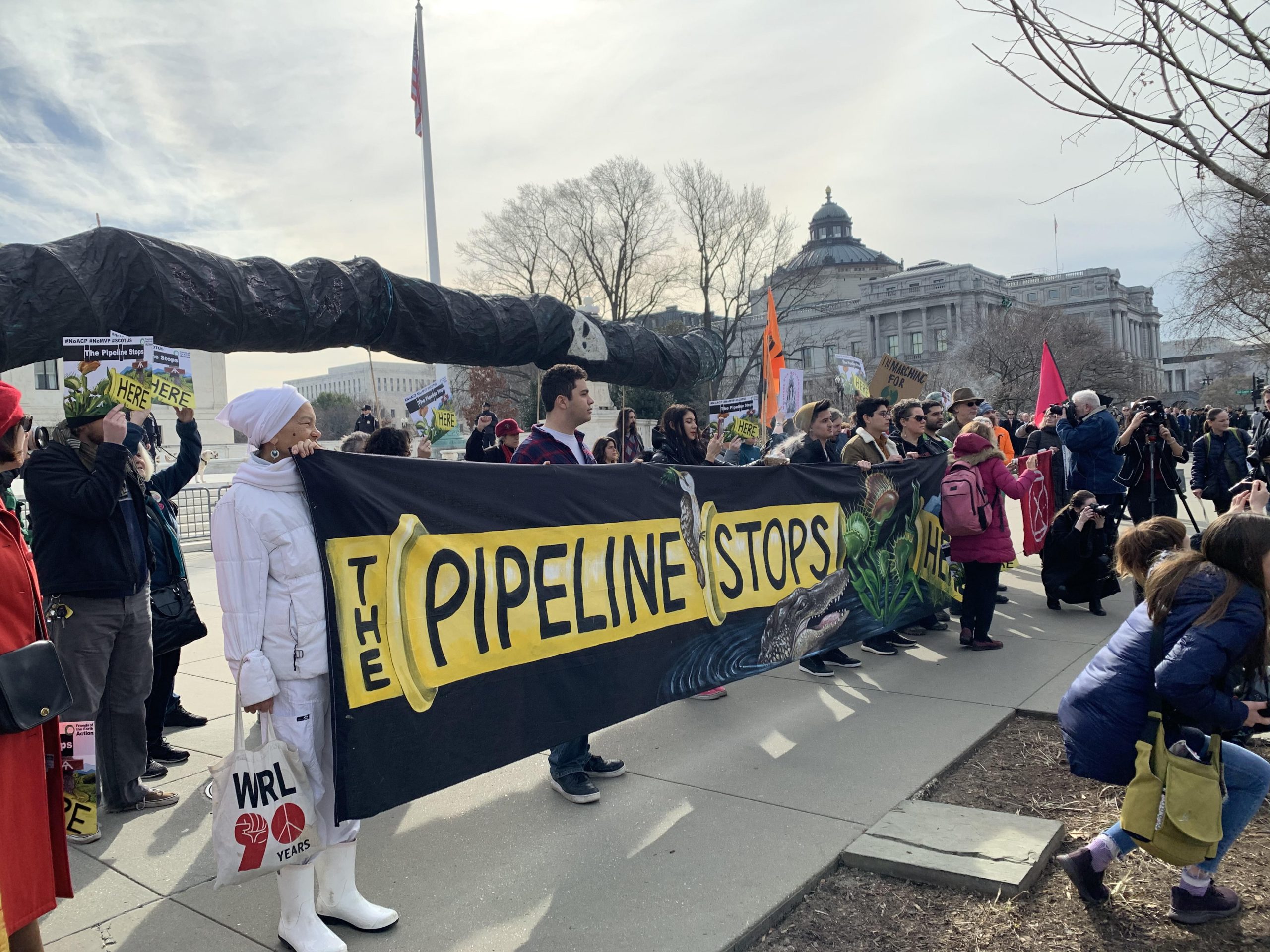Courtroom access: Theres got to be a better way to do this


Editors note: On April 13, the Supreme Court announced that it would conduct 10 oral arguments via telephone conference on several days in May in cases whose oral argument dates had been postponed due to the COVID-19 pandemic, and that it would make an audio feed available to the public through a media pool, providing real-time audio of oral arguments for the first time in its history.
For many people, the Appalachian Trail, a 2,180-mile public footpath through the Appalachian Mountains, is a valued resource for exercise and recreation. But at the Supreme Court last February, it was serious business so much so that Maury Johnson, Katherine Wilkin and many others spent a cold night on the sidewalk, waiting in line in the hope of snagging a seat at the courts February 24 session, when the justices heard oral argument in a pair of cases involving the U.S. Forest Services power to grant a right of way for a pipeline through national-forest lands traversed by the trail.

Johnson, who lives in southern West Virginia, began to spend time on the trail as a teenager, working with local volunteers some of whom had helped to build the trail. Johnson became an activist when Mountain Valley Pipeline announced a plan to build a 300-mile natural-gas pipeline that would run through Monroe County, where he lives, and cross the Appalachian Trail on nearby Peters Mountain. The cases argued on February 24, Johnson said, would likely affect MVPs plans, so Johnson started making plans to attend the Supreme Court argument as soon as the date was set.
Johnson had originally planned to get in line around 11 p.m. the night before the argument, but he became worried that professional line-standers would be out overnight, so he decided to go before dark instead. He arrived shortly after 6 p.m., carrying a large pillow (but no chair) and dressed for the weather with multiple layers, topped off with a warm coat. The concrete was still warm, he said, so he lay down on the sidewalk.
Around 7 p.m., a member of the Cowpasture River Preservation Association, one of the conservation groups involved in the Supreme Court cases, stopped by on his way to his hotel room. The man had not planned to get in line until the morning, but Johnson took his phone number to alert him if he needed to return sooner. A few minutes later, a young man showed up with his mother, who was interested in the case but also hadnt planned to come to stand in line until the early morning. Johnson took her number too.
About 15 minutes later, the line-standers arrived. At first, there were two or three of them, with chairs, but they were soon followed by more. Johnson negotiated a deal with the line-standers for the first few places in line, which he saved for the Cowpasture River member and the young man and his mother; however, the young man wound up hiring one of the line-standers to wait on behalf of his mother overnight, at a price of $40 per hour. Johnson also phoned some of his friends who wanted to attend the oral argument, telling them to join the line as soon as possible.
The temperature overnight dipped down to 38 degrees a little chillier than I expected it to be, Johnson acknowledged. Johnson said that he felt sorry for the people who were not adequately prepared to be there all night long, including some women in their 60s and 70s. An impromptu support network formed, created by members of the Sierra Clubs of Northern Virginia and Richmond who went to get snacks and even held spots in line while people went to the bathroom. We just kind of made it work, Johnson explained.
The line began to grow significantly at around 4 a.m. A college class arrived from Miami at around 7 a.m. The group came straight from the airport, Johnson said, unaware that the line might be long. They were so dejected that there were already at least 150 people in line, Johnson reported, and that their chances of getting in were slim although Johnson believed that they might have eventually been admitted for the second argument of the day.
At around the same time, the clients Johnson called them the suits began to arrive to take the places that the line-standers had been holding for them for nearly 12 hours. A man who arrived a little later offered Johnson $500 for his spot in line. Johnson retorted that, just as with the pipeline, his place aint for sale.
A little farther back in line, Katherine Wilkin who, like Johnson, is part of the coalition opposing the MVP didnt fare as well. Wilkin, of Roanoke, Virginia, will be off to law school in the fall, and she wanted to be able to report back to folks in our area who cant always make the trip to and from the cities where important cases are heard.
Wilkin got in line around 10 p.m. on Monday night after seeing the line that had already formed when she stopped by to visit Johnson. Wilkin explained that she dressed as warmly as I could considering I hadn’t traveled to DC with the intention of spending the night on the sidewalk, pulled together a change of clothes and some items for freshening up for court the next morning, and a big cup of coffee. There was, she noted, a lot of camaraderiebetween folks in line, which I hadn’t expected not only between those who have been anti-pipeline advocates, but also the number of people who appeared to be paid line-holders for others. However, she acknowledged, the overnight stay on the sidewalk was hard and made me feel a lot more for the folks who aren’t out on the sidewalk by choice, as well as for those who are shut out of the room because they’re unable to get in line at 8 p.m. the night before.
Wilkin believes that when she joined the line on Monday night, she was either 36th or 37th in line. But by the time tickets were handed out the next morning, she was 46th. The change came, she thinks, in the pre-dawn hours, when what appeared to be industry executives began showing up to swap places with line holders who were there overnight. At the time that was fine with me, she said, as we had the understanding from everything we’d read and heard about what to expect that the first 50 people would get in the room for the full argument.
Unfortunately for Wilkin, things did not play out as expected. After Supreme Court police officers handed out the first 50 tickets, they let the ticket-holders into the Supreme Court building and through the initial security screening. When it came time for the ticket-holders to make their way to the courtroom, however, officers only allowed the first 45 people in line to go up the stairs and enter the courtroom. Wilkin was out of luck.
When Wilkin and the others behind her in line asked why they werent being allowed to enter the courtroom, a police officer told her that any number of reasons could have resulted in fewer seats being available for members of the public. Wilkin was able to switch to the three-minute line and described herself as happy I got a chance to see a snippet of the arguments, but she said it was pretty devastating to watch that change in the line happen in the morning, watch the behavior of those in fresh-pressed suits versus those who had clearly spent the night on the sidewalk, and be the first one cut off by the velvet rope going up the stairs. Like Johnson, Wilkin said, she had planned to go up for the case as soon as the date for arguments was announced, and in this fight we’ve all had our fair share of being left out or pushed out of the room. This just hit home more than those other times. To me it was the most clear-cut instance of industry executives paying their way into a seat at the table, while many of us impacted by these projects are left out in the cold.
Johnson was inside the courtroom for the argument, but he echoed Wilkins dissatisfaction with the process. I think theres got to be a better way to do this, he said.
This post was originally published at Howe on the Court.
Posted in Courtroom Access
